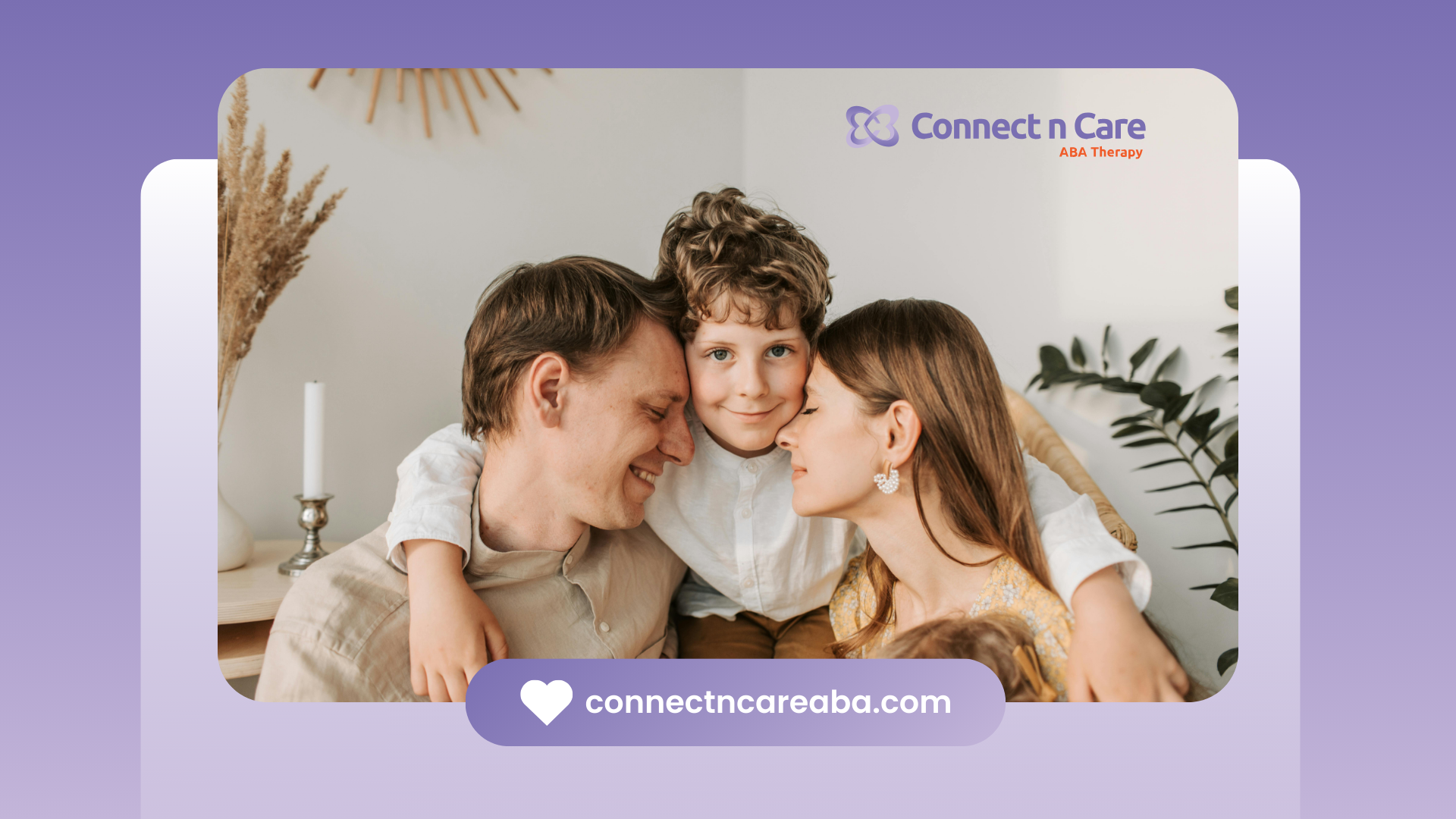Explaining autism to siblings helps build understanding and supportive family bonds. The key is to use simple, clear language suited to their age. Start by describing autism as a difference in how the brain works, affecting how their brother or sister thinks, communicates, or interacts with others.
Focus on strengths and differences, emphasizing that their sibling may have challenges but also unique abilities. Use examples they can relate to, such as needing extra time to talk or liking certain routines.
Encourage questions and be honest about what autism means for the family without overwhelming details. Teaching empathy and patience helps siblings appreciate and support their autistic brother or sister.
Sharing personal experiences, many families find that informed siblings develop strong connections and become important allies. If you need guidance on family support and communication, Connect n Care ABA in North Carolina offers resources and therapy tailored to all family members. Contact us to learn more.
FAQs
How to explain autism to siblings?
Use simple language, focus on differences and strengths, and encourage questions.
Why is it important to explain autism to siblings?
It promotes understanding, empathy, and family support.
What if siblings ask difficult questions?
Answer honestly but age-appropriately and reassure them.
How can siblings support their autistic brother or sister?
By being patient, respectful, and including them in activities.
Where can families get help with sibling communication?
Connect n Care ABA in North Carolina offers family-focused support and therapy.









